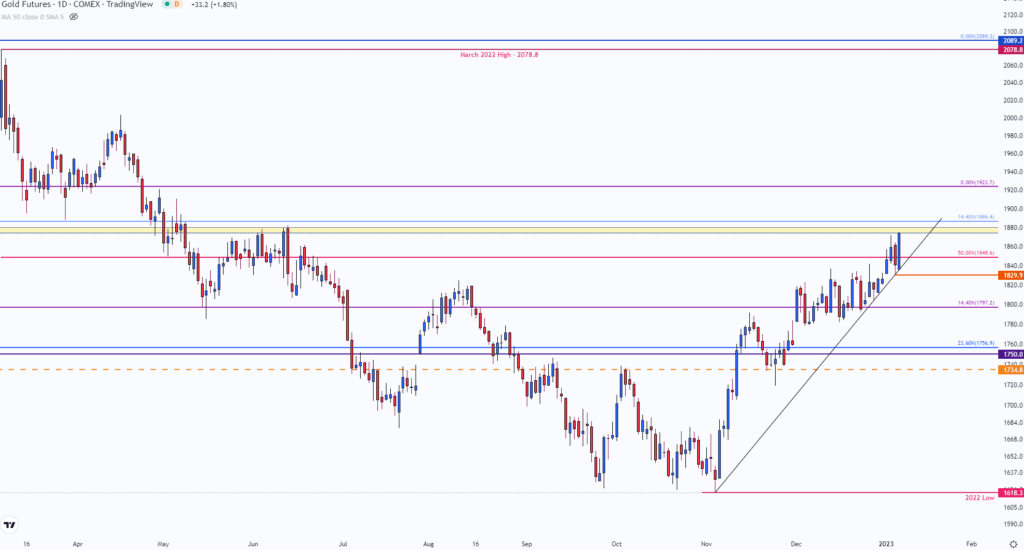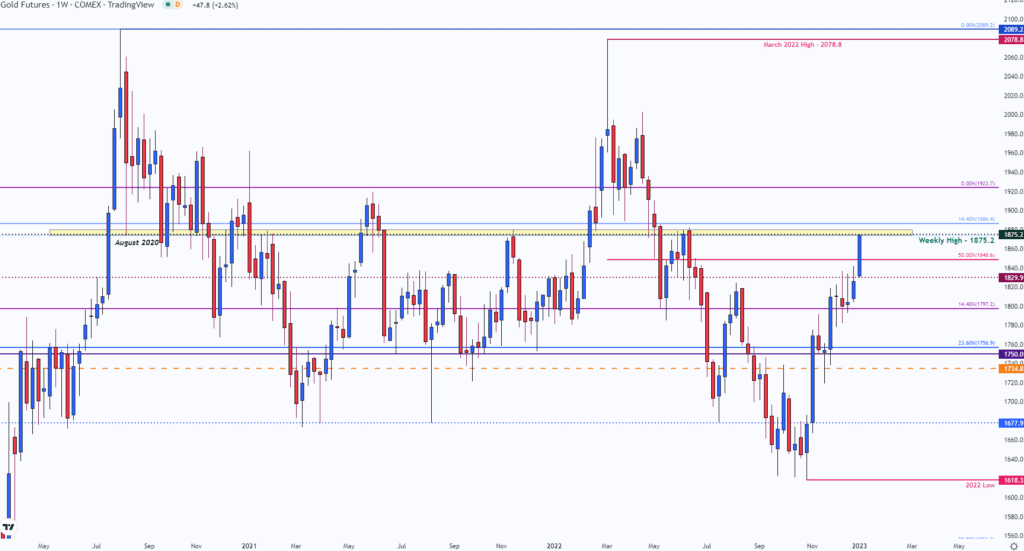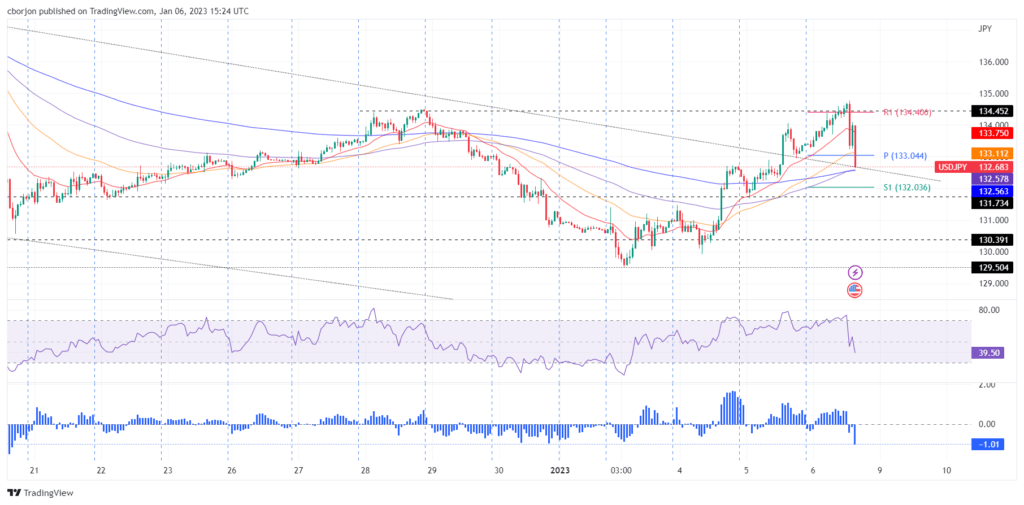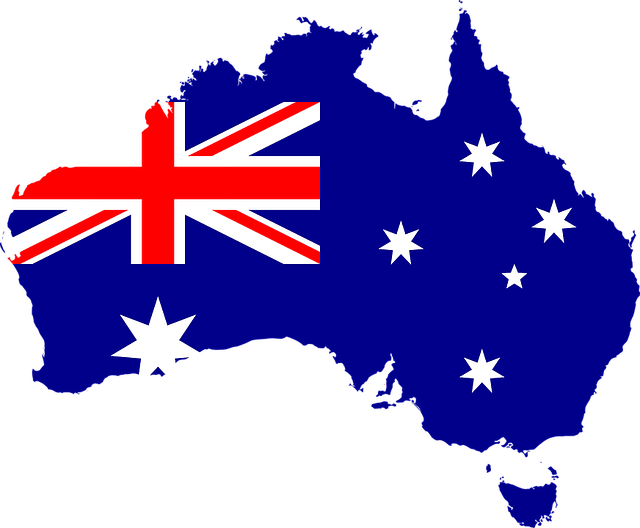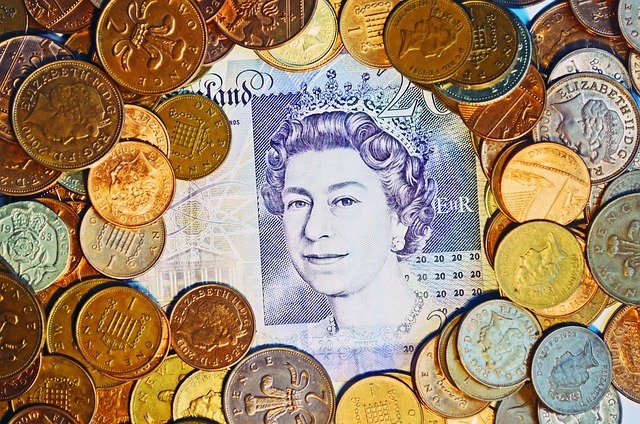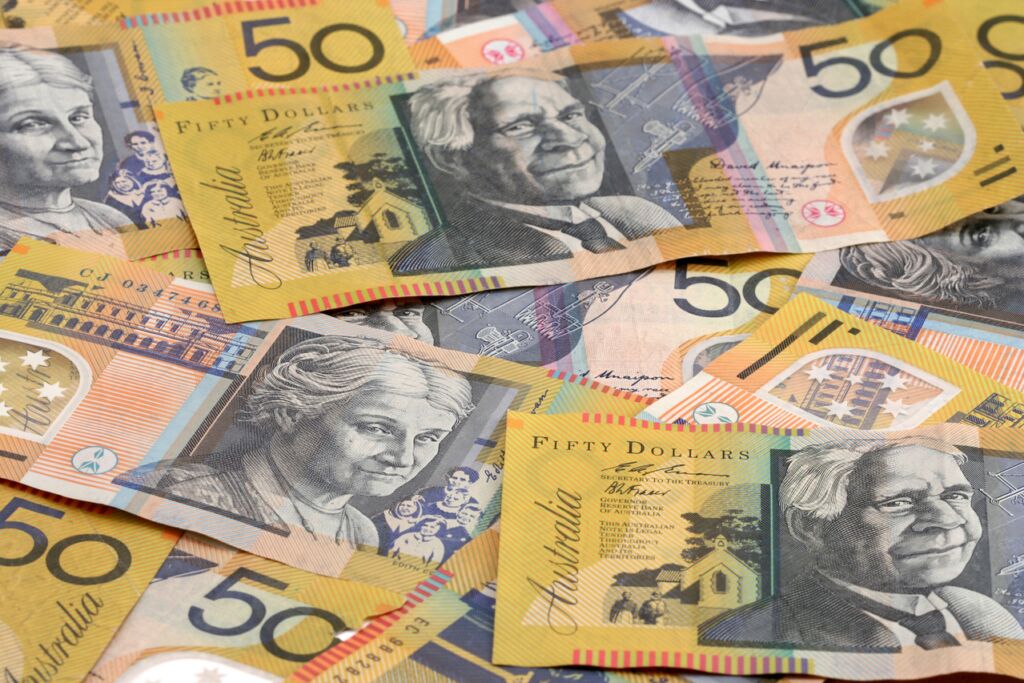In this article, we have covered the highlights of global market news about the AUD/USD, GBP/USD, USD/JPY and EUR/USD.
AUD/USD: Look for more gains now around 0.6950 – UOB
The AUD/USD pair may rise to the 0.6950 area in the following weeks due to the persistent bullish bias, according to UOB Group economists Lee Sue Ann and Quek Ser Leang.
24-hour view: “We anticipated a decline in the Australian dollar last Friday, but we thought it was unlikely it would test the support level of 0.6700. The Australian dollar then temporarily fell to 0.6722 before rapidly rising to a high of 0.6886. AUD may increase to 0.6920 in the future. The next barrier at 0.6950 is unlikely to be challenged due to the overbought circumstances. Support may be found at 0.6820, then 0.6850.
Within the next three weeks: “In our most recent narrative from last Thursday (05 January, spot at 0.6825), we emphasized that rising momentum has slowed, and we anticipated AUD to trade within a wide consolidation band of 0.6660/0.6860. We were unprepared for the significant increase on Friday when the AUD reached a high of 0.6886. The upward trend has resumed, and we anticipate more AUD growth. Within the next several days, AUD must continue to trade above 0.6775 to maintain the momentum. There is resistance at 0.6950.
GBP/USD: The current objective is 1.2270 – UOB
Markets Strategist Quek Ser Leang and Economist Lee Sue Ann of UOB Group believe that the short-term upside potential of GBP/USD might retarget the 1.2270 regions.
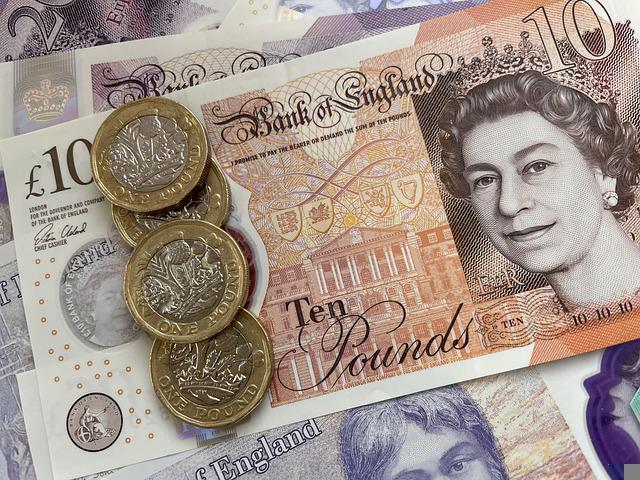
“We emphasised last Friday that ‘there is an opportunity for the decline in GBP to continue to 1.1850 before stabilization is probable,’” the 24-hour outlook reads. Following that, the British pound fell to a low of 1.1846 before surging to 1.2100. Early Asian trading saw GBP extend its rally, and even if the barrier around 1.2200 is probably out of reach today, it may still increase (there is another resistance at 1.2160). Any decline is unlikely to test the support at 1.2010 (minor support is at 1.2060) on the downside.
Within the next three weeks: “Our prediction of ‘more GBP weakening’ from last Friday (06 January, spot at 1.1915) was swiftly disproved as it blasted beyond our strong resistance’ of 1.2020. (high of 1.2100). Although the quick increase is getting ahead of itself, GBP may climb much higher; nevertheless, it is unclear whether it will have enough momentum to hit 1.2270. On the downside, a break of 1.1950 would signal that the pound is not gaining further ground.
USD/JPY is caught in a range below the 132.00 level and fails to find a clear direction.
On the opening day of a new week, the USD/JPY pair finds it challenging to generate real momentum and oscillates between modest gains and losses during the early European session. The pair is now trading close below round 132.00 and is susceptible to continuing Friday’s decline after a one-week peak.
The US Dollar adds to Friday’s losses caused by worse US macroeconomic data, which is considered a significant obstacle for the USD/JPY pair. According to the frequently regarded US monthly employment report (NFP), average hourly earnings increased by 0.3% in December, bringing the YoY increase down to 4.6% from 4.8% in November. This was seen as a sign that inflationary pressures could be easing.
Additionally, the US ISM Services PMI entered contraction territory and reached its lowest point since 2009, raising hopes for a more gradual tightening of monetary policy by the Fed. This causes the decline in US Treasury bond rates to continue, which hurts the dollar’s value. However, the risk-on urge weakens the Japanese Yen, a haven currency, and boosts the USD/JPY pair.
Investor confidence has increased due to China’s most significant shift away from its stringent zero-COVID policy, as seen by the upbeat mood on the equities markets. The recent euphoria, however, is likely to be short-lived due to worries about a deeper global economic slowdown and worries that the enormous influx of Chinese tourists may lead to another spike in COVID infections.
EUR/USD Price Analysis: The recovery of 50% Fibo extends towards 1.0700.
As it advanced toward 1.0700 on Monday morning and was up 0.30% intraday around 1.0680 at press time, EUR/USD maintains its positive bias sparked by the US NFP report.
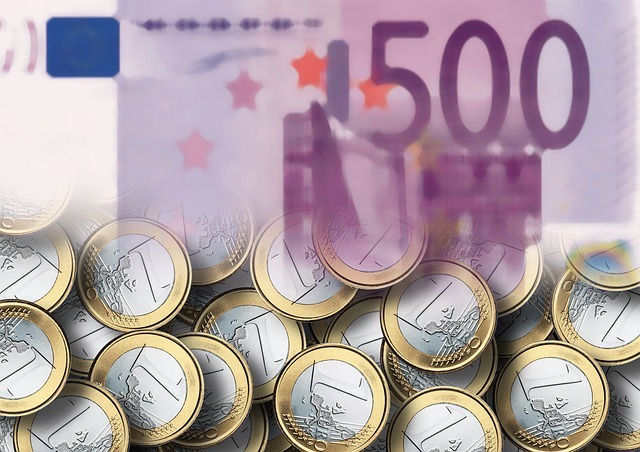
As a result, the important currency pair continues the previous day’s U-turn from a 50% Fibonacci retracement level of the downside of the February–September 2022 period to approach a one–month–old resistance line, which is close to the 1.0700 at the time of press.
It’s important to point out that the bulls are also aided by the EUR/USD pair’s successful trading above the 50-DMA and the MACD’s recent lessening of its negative bias.
The “Golden Ratio,” a 61.8% Fibonacci retracement level at 1.0745, which comes before the 1.0786 top in May 2022, poses a challenge to the EUR/USD bulls.
Round number 1.0800 may serve as the EUR/USD bears’ last line of defense before the quotation is directed toward the late-April 2022 high, around 1.0935.
On the other hand, a trend line with a rising slope from early November 2022, close to 1.0560 at the latest, prevents a short-term decline in the EUR/USD.
Please click here for the Market News Updates from 6 January, 2023.


